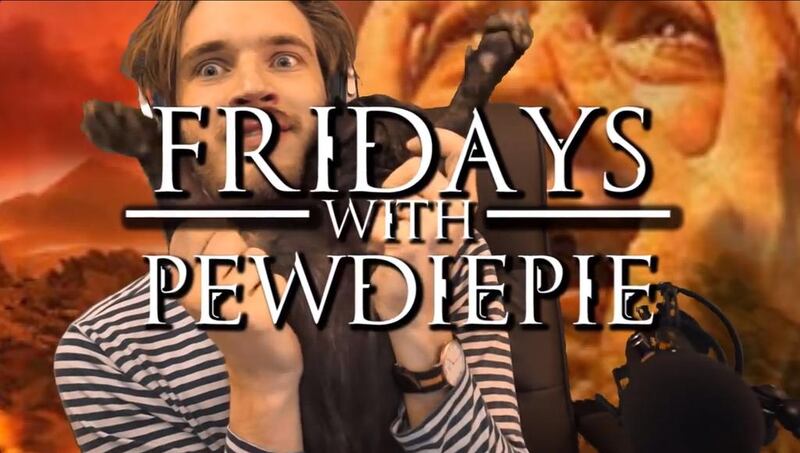Not only are more people using their smartphones and tablets more to consume media, but increasingly they prefer content that is customised for those mobile forms – short videos, non-linear games and new models for streaming music.
These are among the findings of a survey by Bain & Co of more than 7,000 consumers in Europe, the United States and the Brics countries. We found that a new segment of content consumers, mostly under 25, prefer native digital media – and that is forcing media companies to rethink content and distribution. These digital-savvy consumers already outnumber analogue diehards, and content formats and business models created for them are quickly gaining momentum even though the profitability of these new models remains sporadic.
The rapid uptake of mobile devices, connected on ever-faster communication networks, makes this shift possible. In developed countries, 70 per cent of consumers own smartphones and 47 per cent have tablets. Those numbers are higher for younger people – 84 per cent of 15- to 18-year-olds own a smartphone in those countries. Customers in developing markets are catching up quickly – 58 per cent of those in Brazil and Russia and 36 per cent in China and India said they owned at least one smartphone.
This level of penetration is quickly changing the ways that people consume media. In developed economies, 63 per cent of adults over 35 watch video online, 93 per cent listen to digital music and 34 per cent read e-books. The percentages for younger consumers are once again even higher – 87 per cent of consumers between 15 and 25 watch video online, 98 per cent listen to digital music and 46 per cent read e-books. In fact, 20 per cent of 15 to 18-year-olds in developed markets said they never used traditional media to watch videos, three times more than for respondents over 35.
Our survey showed further differences between these digital natives and other, mostly older consumers. Younger consumers rely on their social network more to select media content – more than two-thirds of those between 15 and 25 in developed countries said they chose video, music and books based on social recommendations, compared with less than half of those over 35.
Still, age alone is too narrow a way to segment the next generation of media consumers. People younger than 36 may take in more content digitally, but those age 36 and older are following quickly, closing the gap on video, music and games. We call this group Generation Hashtag – a new segment of media customers that cuts across ages, combining the digital natives that live and breathe the social media they were born with, and the over-25 migrants that have already embraced digital media as their primary source for content.
Native digital models are reconfiguring the playbook for media companies. Start-ups use always-on networks, social media, user-generated content and crowdsourcing to create content that appeals to Generation Hashtag. With no analogue legacy, companies such as Netflix, Spotify, Twitch (which Amazon recently acquired for US$970 million), Supercell and King are changing the rules of content creation, distribution and monetisation.
But for all the bang, many digital native disrupters find it difficult to consistently deliver profits. In streaming media, Spotify is investing to build scale, expand in video and move listeners from its ad-supported service to subscriptions. Netflix continues to invest in signing up more subscribers, expanding to new countries and creating award-winning original programming. These investments reduced its margins for a few years, but its high share price indicates that investors still have confidence.
Game publishers have a different problem – profitability soars on popularity of a new game, but growth is fickle. The former gaming superstar Zynga's revenue dropped by 32 per cent in 2013 as interest in Farmville withered and other launches disappointed. The Angry Birds maker Rovio Entertainment growth stalled in 2013 and last year, forcing it to slash margins while investing in new content.
Traditional media companies will need to learn new operating and revenue models if they want to stay in this game and continue to expand in emerging markets, where many new consumers will enter the media market on mobile devices.
First, they will need to invest in native digital formats. Some YouTube stars such as PewDiePie, with more than 38 million subscribers (his post titled Anti-freeze drinking challenge has 9.4 million views alone); YouTube Spotlight, with more than 23 million subscribers; and Smosh with more than 20 million subscribers have made it look easy to reach global fame with little more than a webcam and a dorm room. But few large media companies know how to operate in an environment of thin margins, community orientation and trial-and-error productions.
Disney bought Maker Studios for $500m not only to gain access to its 380 million subscribers, but also to pick up expertise in the algorithms that draw native digital audiences. Maker Studios produces videos for channels on YouTube, including Tessa Violet, Bart Baker, Yves Bole, KassemG, Timothy DeLaGhetto, Peter Shukoff and Lloyd Ahlquist’s Epic Rap Battles of History.
Equally important, they will need to think about different revenue models. For media companies accustomed to richer spoils, the revenue model for Generation Hashtag may look unattractive. Freemium models dominate, and even subscriptions, where they exist, are low, such as Netflix’s $7.99 monthly fee for streaming. But as the pool of consumers continues to grow in developed and emerging markets, advertisers’ interests will follow. Monetisation opportunities based on data could also prove essential in countries where consumers have less money to spend on media, further balancing the industry’s delicate equilibrium between consumer-pay models and advertising.
Gregory Garnier is a partner with Bain & Co in Dubai. Laurent Colombani is a partner at the consultancy’s Paris office.
Follow The National's Business section on Twitter





